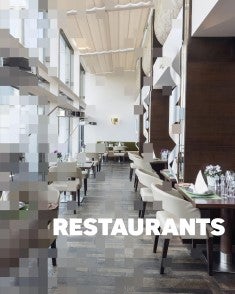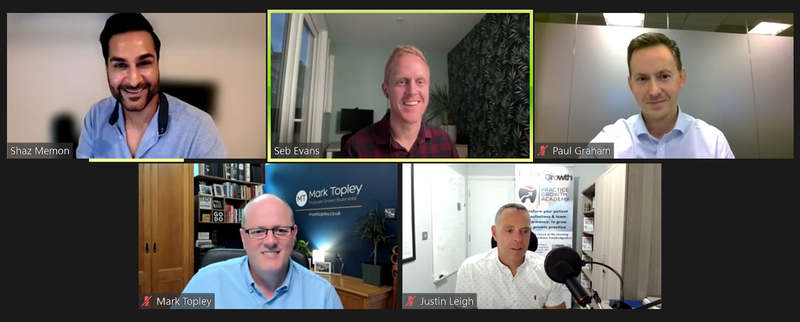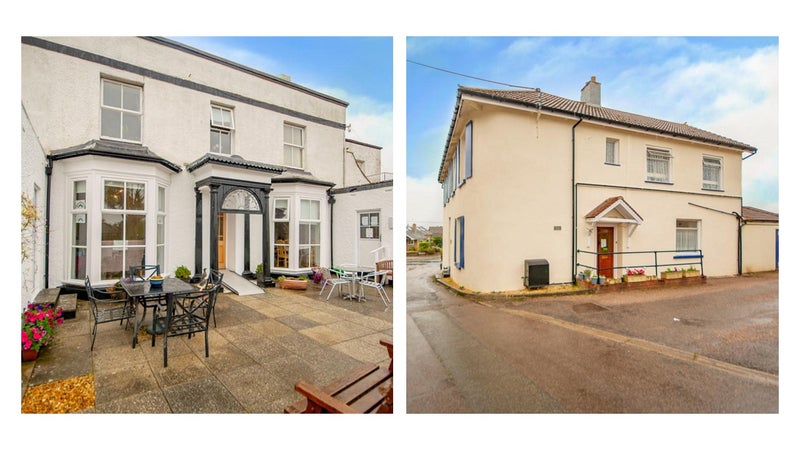Restaurant market presents opportunities for new independent operators
Specialist business property adviser, Christie & Co provides an overview of the restaurant market in the first half of 2019, reflecting on previous predictions, emerging trends and challenges facing the sector.

Christie & Co’s Business Outlook 2019 report anticipated further casualties of high street restaurant brands in the first half of 2019 and growth in the number of independent and multi-site operators as landlords sought alternative tenants. Christie & Co also predicted that competition in the delivery market would heat up with increasing benefits for restaurants.
Market overview
At least three larger corporate operators resorted to Company Voluntary Arrangements (CVAs) in the first half of 2019, as predicted. Patisserie Valerie was the biggest headline name to fall, but for reasons beyond a downturn in its fortunes on the high street which forced it into administration. In March, Boparan Restaurant Group (BRG) sought to close 27 of its Giraffe and Ed’s Easy Diner branded restaurants. Most recently, Jamie’s Italian has gone into administration after failing to turn the business around following the CVA process in 2018. The process is being handled by KPMG, who have instructed Christie & Co to swiftly secure buyers for the 20 closed restaurants.
The failure of many household names on the high street continues, as House of Fraser continues to close stores and stalwarts such as M&S and Boots have now also listed closures on the high street over the next two years. More operators are expected to turn to CVAs or fall into administration throughout the remainder of the year, as many continue to report falling or marginal like for likes. Christie & Co predicts at least one CVA will fail where the business cannot be turned around by the end of the CVA period, in a case similar to Jamie’s Italian.
As a result, landlords have sought alternative tenants, exploring the available options to offer greater variety in order to attract customers back to the retail high street and shopping centres. Simultaneously, consumers have shown some signs of tightening their belts and restaurant operators are having to restructure their offer accordingly, for example by introducing an all-day offering or adopting a more casual approach to the dining experience, such as restricted table service or part self-service.
Both newcomers and established operators have found new opportunities within the market. Loungers, Franco Manca and Mowgli have committed to further expansion, taking advantage of stressed landlords. The fastest expanding brand in the market is M&B’s steak offering, Miller & Carter, which surpassed 100 sites in 2018 and has its sights set on expanding to 150, targeting both large pubs and retail space. New concepts, such as street food markets, pop ups and box parks, have also adopted a strong position in the current market, as consumers seek an authentic and interesting offering. Current big players include Boxpark, Market Halls and Time Out, all of which are currently planning new openings across the UK and Europe.
As Christie & Co anticipated at the start of the year, technology driven sectors such as delivery services and ‘Grab & Go’ continue to find new successes, as competition in the delivery market heats up with increasing benefits for restaurants. Deliveroo, Uber Eats and Just Eat continue to compete for market share. Undercutting Deliveroo, Uber Eats is competing with Just Eat as an ordering platform where the outlet delivers. Just Eat is teaming up with Domino’s Pizza to employ delivery drivers. Despite debate surrounding the benefit of delivery services to restaurants, who have to pay around 30% of the sale, the aggressive drive of the three largest ordering platforms will hopefully bring down costs for operators.
Challenges for operators in the sector continue to revolve around rents, rates and wages. Landlords have started to soften rents at review and have become more accepting of monthly rents or even holiday periods over quarterly rents. Following the 2018 Autumn Budget, small businesses with a rateable value of under £51,000 have experienced some rate relief, but many branded chains, especially those in city centres, do not qualify and therefore have not had any benefit. With little scope to increase menu prices in order to mitigate wage increases, many operators have turned to changing shift rotas, reducing staff numbers or cutting back hours.
Brexit
A lack of clarity ensues alongside the postponement of Brexit. Fluctuations in the pound will remain a concern for the sector over the next few months as the price of imported goods increases, however operators have been inspired to turn towards UK alternatives and better menu creation in an effort to mitigate increasing costs.
Simon Chaplin, Senior Director – Corporate Pubs and Restaurants at Christie & Co comments, “Secondary high streets are beginning to suffer as mid-market casual dining operators retreat back to the safety of major cities and towns, following a period of expansion from 2014 to 2017. There is still growth and opportunity for operators at either end of the market. Ivy, Miller & Carter and others are expanding to create quality dining experiences, whilst local operators and street food vendors are finding good demand with casual, informal food offers.
“Pubs are also entering the market, increasingly introducing high quality food offers, and it’s no surprise that 12 of the top 100 UK restaurants are actually pubs. It’s an exciting time for the market, despite challenges, and we look forward to seeing the sector continue to adapt and evolve over the coming months.”
Christie & Co will publish its Business Outlook 2020 report, presenting an annual overview and a forecast of the year ahead for all its sectors, including Restaurants, in January 2020.



















